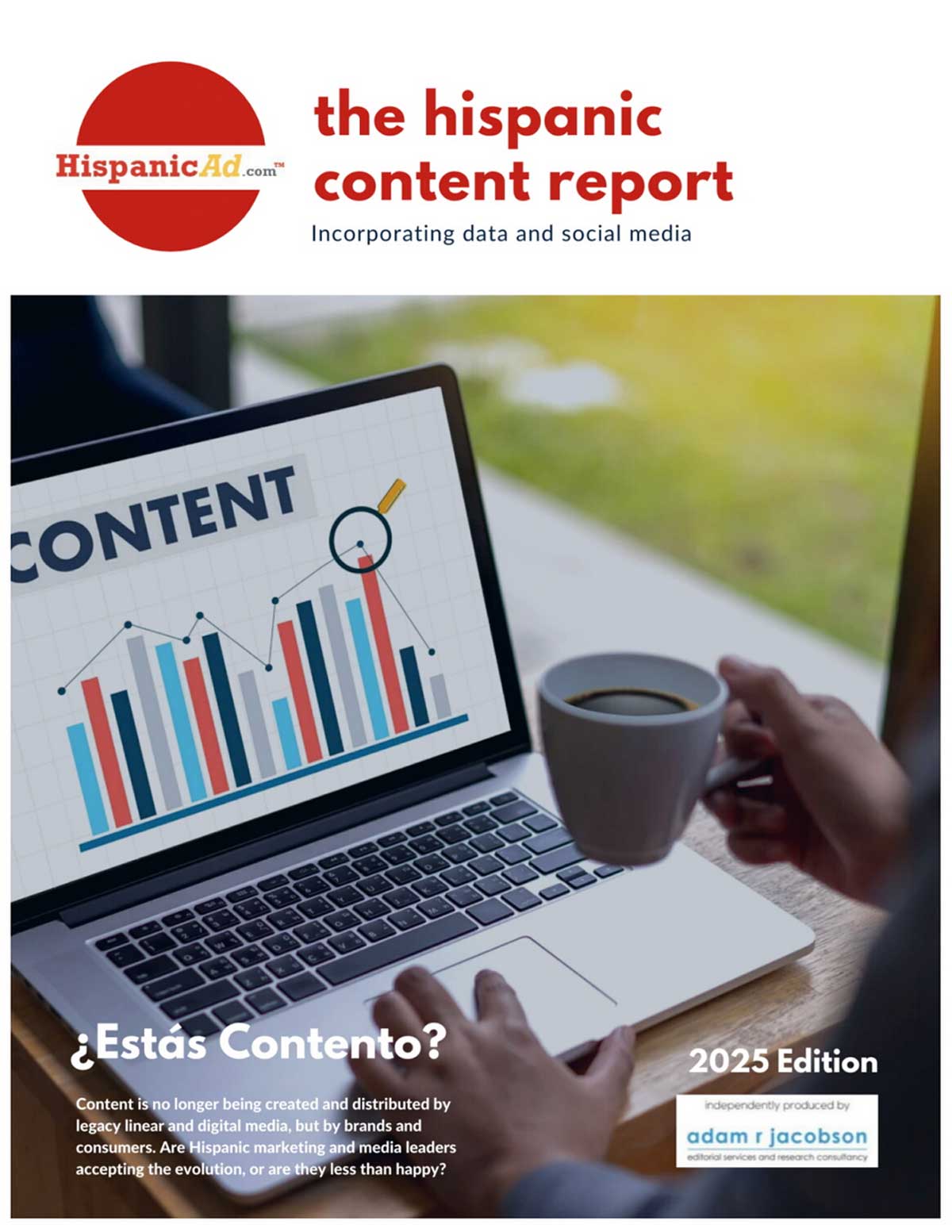As things heat up with ACA implementation, a lot of attention is being given to Hispanics. While some of that attention is driven by politics (based on the significant impact Hispanics had on the results of the 2012 election), most of it is being driven by market realities.
Health
Millennials, GenXers and Baby Boomers all Think they are the Healthiest Generation.
Results from a new study reveal that American adults of all ages – Millennials, GenXers and Baby Boomers – feel that their own generation is the healthiest. Nearly half the people surveyed (45 percent) named their own generation as the healthiest, followed by their parents’ generation (32 percent) and the younger generation (23 percent).
At DTC National: Finding the Common Ground
We recently joined DTC Perspectives once again for its annual gathering of healthcare thought leaders at the DTC National Conference. Throughout the event we constantly heard that the consumer is core to everything DTC (direct-to-consumer) marketers do. Mediapost Ad Critic Barbara Lippert said that we should zero in on the insight that gives your message a “human touch.” Marketing Strategist David Meerman Scott suggested that we all focus on “buyer personas” versus product details when building our marketing campaigns. These are reasons why we thought it was important to spend some time talking about how to approach Hispanic consumers with messages relevant to them. The reality is, embracing similarities is as important as celebrating differences. By Eric Talbot / Univision Insights
Wing and Red Hot promotes AIDS/STD Awareness.
Have you ever met an attractive person at a bar and exchanged numbers? Imagine if once this person has left the room, you start receiving hundreds of text messages detailing their sexual history — from various partners. Well, in a hidden camera stunt around several New York City bars, Wing created just that — with powerful communication that explores the potential risks of unprotected sex.
Saludify.com launches to educate Hispanics on Health & Wellness.
Saludify.com, a site designed to provide Latinos with daily news and content to live a better life and improve their health launched. With a mission to improve the health and wellbeing of U.S. Latinos, Saludify is providing accurate, convenient and culturally relevant content that goes beyond what’s found in mainstream media.
Walgreens & Televisa engage Hispanic Customers with Health and Wellness Products.
Walgreens and Televisa Consumer Products are offering a line of over-the-counter and personal care products focused on Hispanic consumers at select stores in the United States. Products include haircare, skincare, cough/cold, and pain/sleep items. Walgreens has recently expanded the availability of these products based on product performance in designated test stores.
Health Online 2013. [REPORT]
81% of U.S. adults use the internet and 59% say they have looked online for health information in the past year. 35% of U.S. adults say they have gone online specifically to try to figure out what medical condition they or someone else might hav
The Affordable Care Act and the Chasm of Health Disparities. [INSIGHT]
The Affordable Care Act of 2010 (ACA) may do more to decrease disparities in access to health care than anything since the Civil Rights Act of 1964. By David R. Morse – President and CEO / New American Dimensions, LLC
Latino Commission on AIDS & Merck launch HIV Educational Campaign.
During the XIX International AIDS Conference, the Latino Commission on AIDS, in collaboration with Merck (known as MSD outside of the U.S. and Canada), launched Sharing Stories, Creating Hope, an innovative multimedia HIV educational campaign. The bilingual campaign connects the stories of health-care providers and Latinos/Hispanics living with HIV to demonstrate culturally-relevant HIV care strategies. This public health tool inspires a shared hope that reinforces how individuals and communities can come together to reduce HIV-related healthcare disparities.
HIV by ZIP Code in Major U.S. Cities
The Rollins School of Public Health at Emory University unveiled a major update of AIDSVu, including new interactive online maps that, for the first time, show the latest HIV prevalence data for 13 U.S. cities by ZIP code or census tract.
Hispanic Women Ages 25-35 a major target for Healthcare Communications Programming.
A new national survey commissioned by Cultúr Health shows healthcare marketers should target insured Hispanic women ages 25-35. These young Latinas, representing a rapidly growing Hispanic demographic, are key healthcare gatekeepers – managing their own health needs and frequently those of their families, parents, grandparents and other relatives as well.
Hispanic Teen ‘Heavy’ Marijuana use.
The Partnership at Drugfree.org and MetLife Foundation found that past-month marijuana use – particularly heavy use – has increased significantly among U.S. high school students since 2008.




























